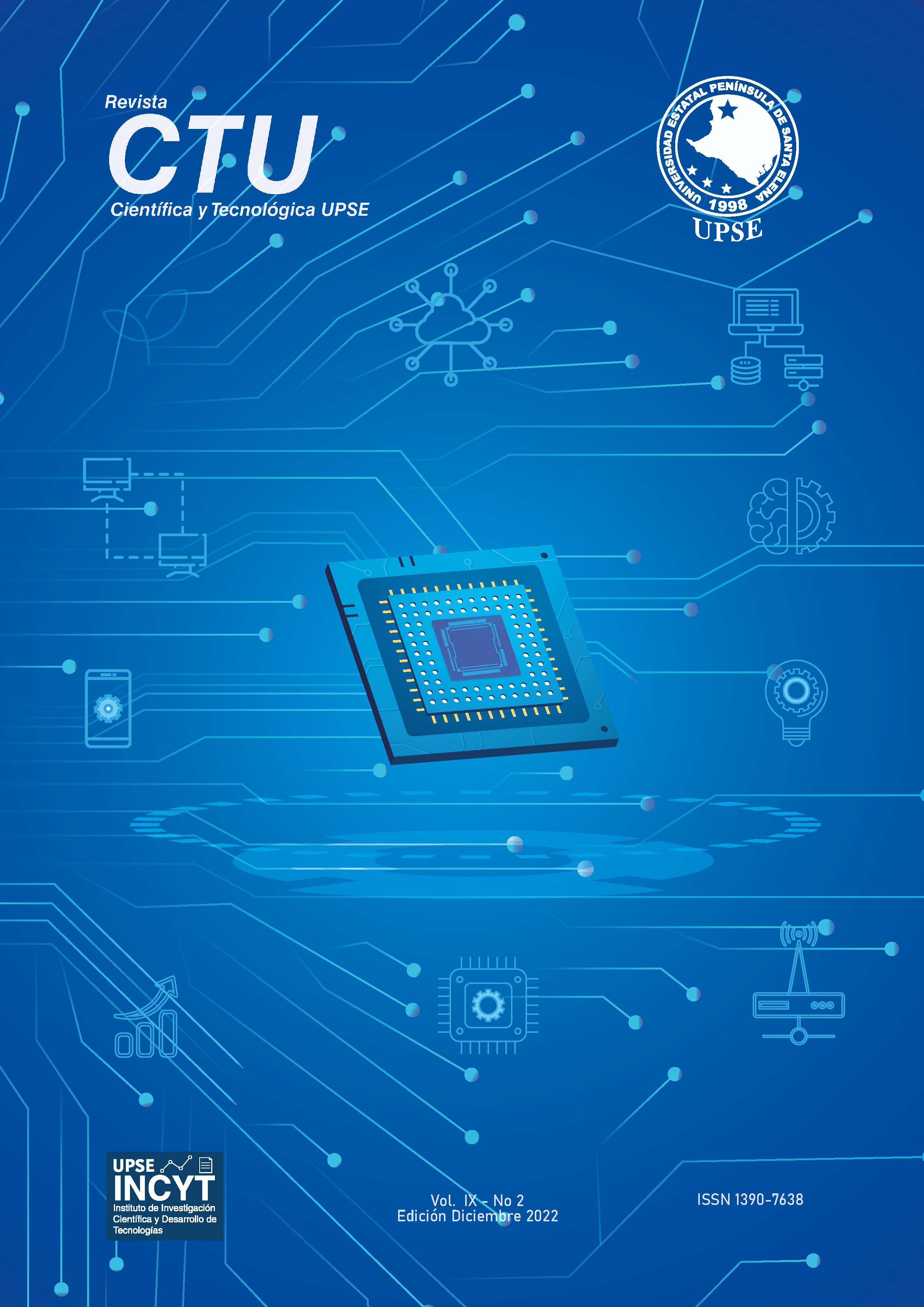Oil recovery study by hot water injection in the Pacoa field in the province of Santa Elena
DOI:
https://doi.org/10.26423/rctu.v9i2.678Keywords:
hot water injection, oil production, recovery factor.Abstract
This paper shows the description and geological generalities of the Pacoa Field. One of the main challenges of the field under study has been to maintain its productivity due to its low recovery factor. This is the main reason why this work presented an alternative as an improved recovery mechanism which is the hot water injection method, where it will establish each of the processes with their characteristics and limitations, considering that the field must meet the characteristics required for the application of said method.
For the application of this method, there is a reservoir simulation software called CMG (Computer Modeling Group), simulating different scenarios with variation in the volume of hot water to be injected. Two arrays of 5 wells are defined, one regular (4 injection wells, 1 producing well) and another inverted (4 producing wells, 1 injection well), involving the wells: PAC 10, PAC 44, PAC 46, PAC 40, and PAC 43.
Once all the parameters have been established, the simulation of hot water injection is carried out with a period of 10 years, where the results obtained by CMG are evaluated in both scenarios, obtaining a recovery factor of 5.74% for the regular arrangement and 5.78% for the inverted array, defining the 5-well inverted array as the most optimal due to its higher recovery factor.
Downloads
Downloads
Published
Issue
Section
License
El titular de los derechos de autor de la obra, otorga derechos de uso a los lectores mediante la licencia Creative Commons Atribución-NoComercial-CompartirIgual 4.0 Internacional. Esto permite el acceso gratuito inmediato a la obra y permite a cualquier usuario leer, descargar, copiar, distribuir, imprimir, buscar o vincular a los textos completos de los artículos, rastrearlos para su indexación, pasarlos como datos al software o usarlos para cualquier otro propósito legal.
Cuando la obra es aprobada y aceptada para su publicación, los autores conservan los derechos de autor sin restricciones, cediendo únicamente los derechos de reproducción, distribución para su explotación en formato de papel, así como en cualquier otro soporte magnético, óptico y digital.












